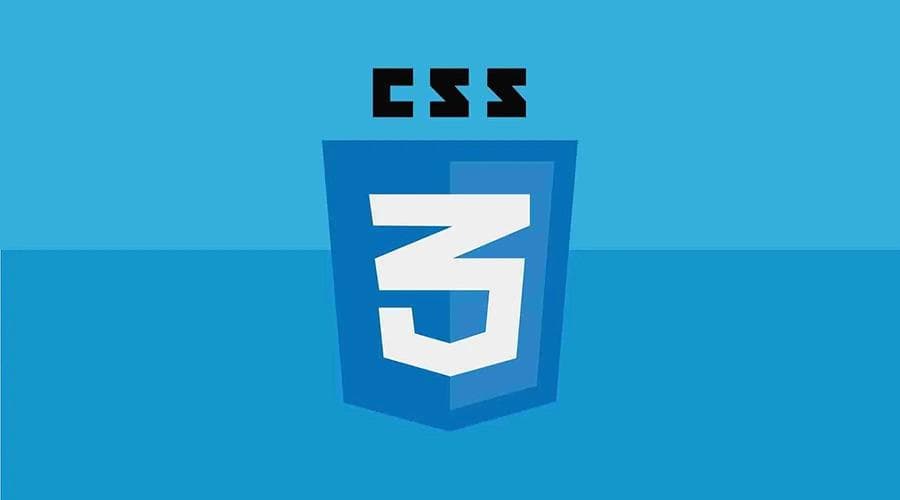CSS
December 17, 2023
Mastering CSS: A Comprehensive Guide with Code Examples

Introduction:
Cascading Style Sheets (CSS) is a powerful tool that web developers use to style and layout web pages. Understanding CSS is essential for creating visually appealing and responsive websites. In this comprehensive guide, we'll delve into the fundamentals of CSS, explore advanced techniques, and provide code examples to help you master this crucial aspect of web development.
1. The Basics of CSS:
Introduction to CSS syntax
Selectors and declarations
Applying styles to HTML elements
/* Example 1: Basic CSS syntax */
body {
font-family: 'Arial', sans-serif;
background-color: #f4f4f4;
}
h1 {
color: #333;
}
2. Box Model and Layout:
Understanding the box model
Margin, padding, and border properties
Creating responsive layouts
/* Example 2: Box model and layout */
.container {
width: 80%;
margin: 0 auto;
padding: 20px;
border: 1px solid #ccc;
}
.box {
width: 100%;
padding: 10px;
margin-bottom: 20px;
box-sizing: border-box;
}
3. Flexbox and Grid:
Introduction to Flexbox
Creating flexible layouts
Grid layout for complex structures
/* Example 3: Flexbox and Grid */
.container {
display: flex;
justify-content: space-between;
}
.item {
flex: 1;
}
/* Example 4: Grid layout */
.grid-container {
display: grid;
grid-template-columns: repeat(3, 1fr);
gap: 20px;
}
5. Responsive Design:
Media queries for responsive layouts
Mobile-first design approach
/* Example 5: Media queries for responsiveness */
@media only screen and (max-width: 600px) {
.container {
width: 100%;
}
}
6. Animations and Transitions:
CSS animations
Transition effects for smooth changes
/* Example 6: CSS animations and transitions */
@keyframes slide {
from {
transform: translateX(-100%);
}
to {
transform: translateX(0);
}
}
.slide-in {
animation: slide 1s ease-in-out;
}
.transition-example {
transition: background-color 0.3s ease-in-out;
}
7. Advanced CSS Techniques:
Customizing forms
Creating responsive navigation menus
Using CSS preprocessors like Sass
/* Example 7: Styling forms */
input {
width: 100%;
padding: 10px;
margin-bottom: 10px;
}
/* Example 8: Responsive navigation menu */
.nav {
display: flex;
justify-content: space-between;
}
/* Example 9: Sass example */
$primary-color: #3498db;
.button {
background-color: $primary-color;
color: #fff;
}
8. CSS Preprocessors and Postprocessors:
Introduction to CSS preprocessors (e.g., Sass, Less)
Variables, mixins, and functions for cleaner code
Postprocessors like Autoprefixer for cross-browser compatibility
/* Sass variables and mixins */
$primary-color: #3498db;
.button {
background-color: $primary-color;
color: #fff;
&:hover {
background-color: darken($primary-color, 10%);
}
}
9. Transformations and Translations:
CSS transformations (rotate, scale, skew)
Translating elements for dynamic effects
/* CSS transformations and translations */
.rotate {
transform: rotate(45deg);
}
.scale {
transform: scale(1.5);
}
.translate {
transform: translate(20px, 10px);
}
10. CSS Variables and Custom Properties:
Declaring and using CSS variables
Dynamic theming with custom properties
/* CSS variables and custom properties */
:root {
--primary-color: #3498db;
}
.button {
background-color: var(--primary-color);
}
/* Dynamic theming */
.dark-theme {
--primary-color: #2c3e50;
}
11. Accessibility in CSS:
Designing with accessibility in mind
Using ARIA roles for enhanced user experience
/* Improving accessibility with CSS */
.btn-accessible {
background-color: #3498db;
color: #fff;
padding: 10px 15px;
border: none;
cursor: pointer;
}
/* ARIA roles */
.btn-accessible[role="button"] {
cursor: pointer;
}
12. CSS Best Practices:
Minifying and optimizing CSS for performance
Importance of code organization and naming conventions
/* CSS best practices */
/* Before optimization */
.btn-large {
/* styles here */
}
/* After optimization */
.btn-lg {
/* optimized styles here */
}
13. Debugging CSS:
Using browser developer tools for debugging
Common CSS issues and how to fix them
/* Debugging CSS */
/* Inspecting styles in browser dev tools */
/* Fixing layout issues */
Conclusion:
In conclusion, mastering CSS involves not only understanding the basics but also exploring advanced techniques, preprocessors, and best practices. As you continue your journey in web development, keep experimenting with different CSS features, stay informed about updates, and strive to create websites that are not only visually appealing but also accessible and performant. The world of CSS is vast, so keep coding and refining your skills to become a true CSS master. Happy coding!